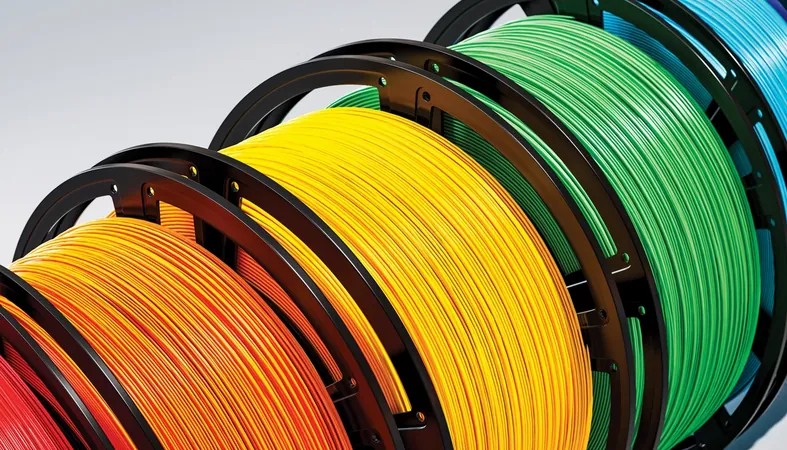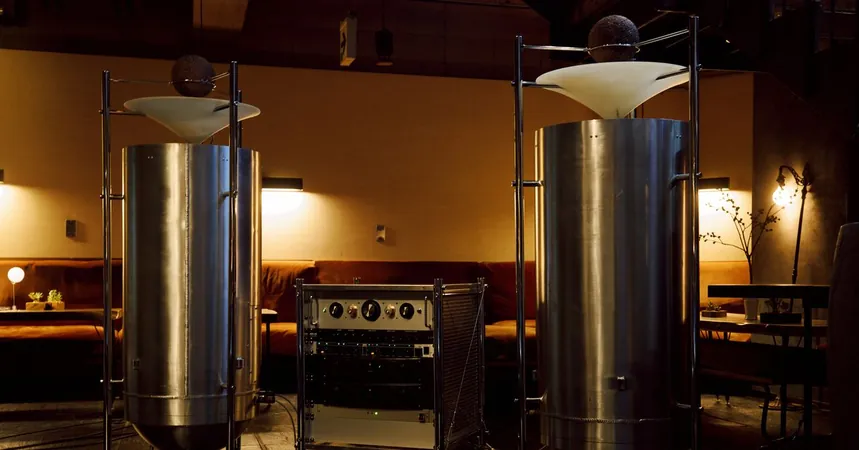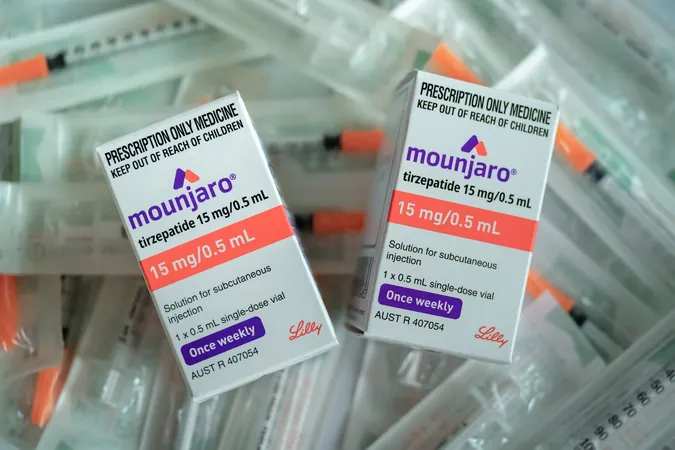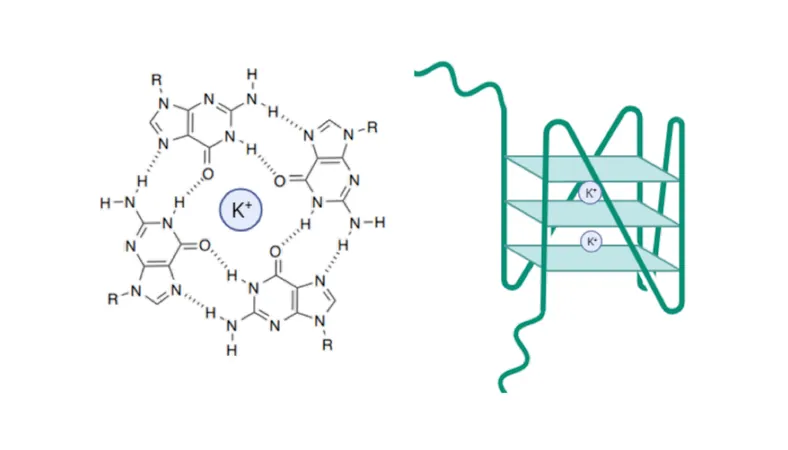
Turn Trash into Treasure: Scientists Create Amino Acid from Plastic, Air, and Water!
2025-08-18
Author: William
Revolutionary Hybrid Catalytic System Transforms Waste Into Essential Nutrient
Imagine turning used bioplastics, air, and water into valuable amino acids! A groundbreaking hybrid catalytic system has made this innovative leap possible, synthesizing alanine directly from waste materials, offering a sustainable solution that could change the game in recycling.
The Game-Changing Amino Acid: Alanine
Alanine is one of the simplest and most widely utilized amino acids, critical in the food, pharmaceutical, and agricultural industries. Traditionally, the vast majority of alanine production relies on microbial fermentation or toxic chemical syntheses involving costly and dangerous reagents. But, with this new method, scientists can now bypass these outdated techniques.
Meet the Visionaries Behind the Breakthrough
Led by the brilliant Bocheng Qiu at Nanjing Agricultural University, a talented interdisciplinary team has tackled the limitations of previous amino acid production methods. They ingeniously combined thermochemical, plasma, and electrochemical processes to convert polylactic acid (PLA), a common bioplastic, into alanine.
How It Works: A Detailed Breakdown
Firstly, the researchers developed a catalyst that breaks down PLA into lactic acid monomers, which are further oxidized into pyruvic acid. Simultaneously, a plasma discharge device activates nitrogen from the air to create nitrogen dioxide, which is dissolved in water, forming nitric acid. These two components are then funneled into an electrochemical reactor where copper-bismuth alloy mediates the final transformation into alanine. The results? An impressive 66% yield at a 100-gram scale, all while effectively handling contaminants from consumer waste like cups and straws.
A Cautious Optimism: The Future of Amino Acid Production
While the method showcases enhanced profitability and a lower carbon footprint, some experts remain skeptical about its ability to replace current manufacturing processes. Eva Nichols, a researcher in catalysis and electrochemistry, points out potential scalability issues with the energy-intensive plasma method and the production of toxic NO2.
Creative Ingenuity at Its Best!
Despite reservations, Nichols applauds the comprehensive approach taken by Qiu's team. She emphasizes the importance of understanding the enantioselectivity of the process, questioning whether the amino acid maintains its essential stereocenter throughout production. Regardless, she describes the wide-ranging scope of the research as exceptionally impressive, showcasing the transformative potential of innovative thinking in chemistry.
Conclusion: A Bright Horizon for Sustainable Chemistry
This remarkable innovation not only highlights the potential for turning waste into resource but also opens doors for future advancements in sustainable chemical production. As scientists continue to explore creative solutions like this, the dream of a greener, more efficient world becomes increasingly attainable!









 Brasil (PT)
Brasil (PT)
 Canada (EN)
Canada (EN)
 Chile (ES)
Chile (ES)
 Česko (CS)
Česko (CS)
 대한민국 (KO)
대한민국 (KO)
 España (ES)
España (ES)
 France (FR)
France (FR)
 Hong Kong (EN)
Hong Kong (EN)
 Italia (IT)
Italia (IT)
 日本 (JA)
日本 (JA)
 Magyarország (HU)
Magyarország (HU)
 Norge (NO)
Norge (NO)
 Polska (PL)
Polska (PL)
 Schweiz (DE)
Schweiz (DE)
 Singapore (EN)
Singapore (EN)
 Sverige (SV)
Sverige (SV)
 Suomi (FI)
Suomi (FI)
 Türkiye (TR)
Türkiye (TR)
 الإمارات العربية المتحدة (AR)
الإمارات العربية المتحدة (AR)